.225 Winchester
Handloads for a Fine Old Cartridge
other By: Layne Simpson | February, 26
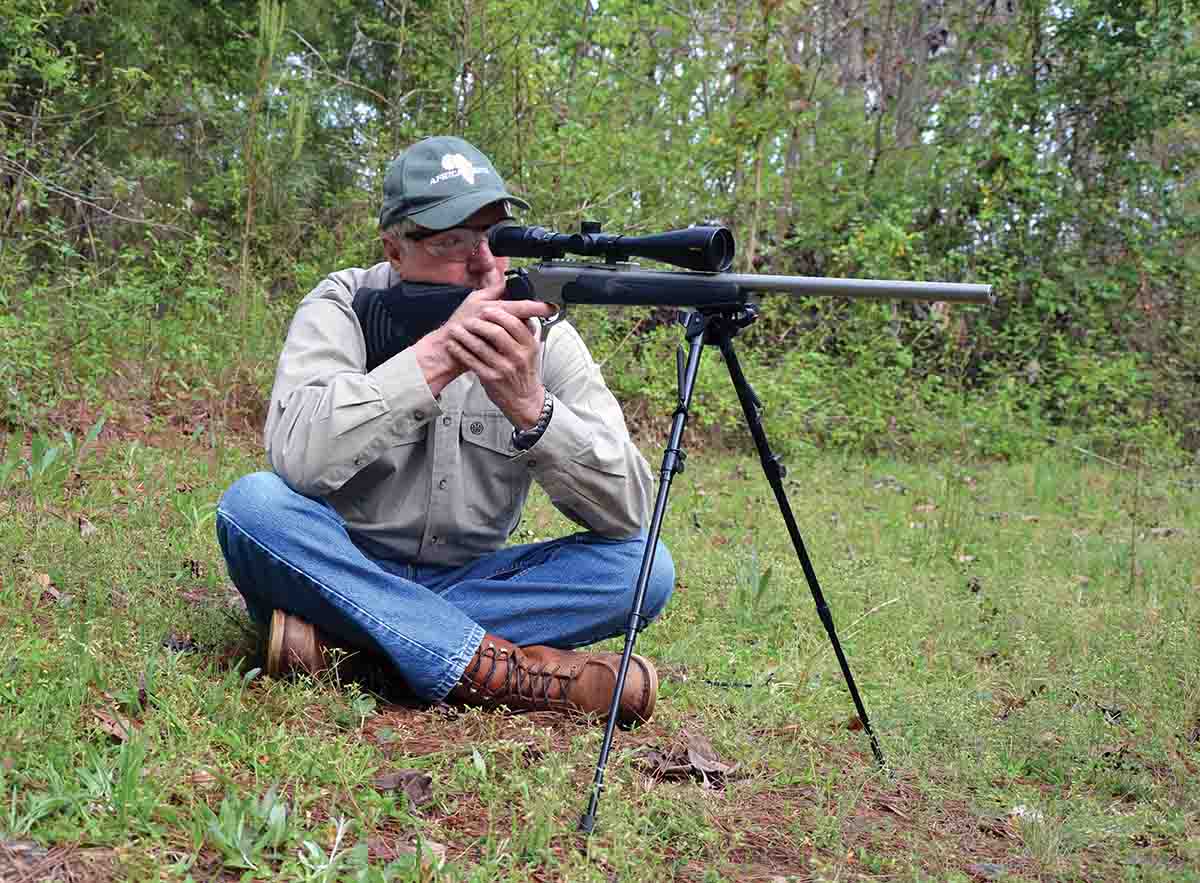
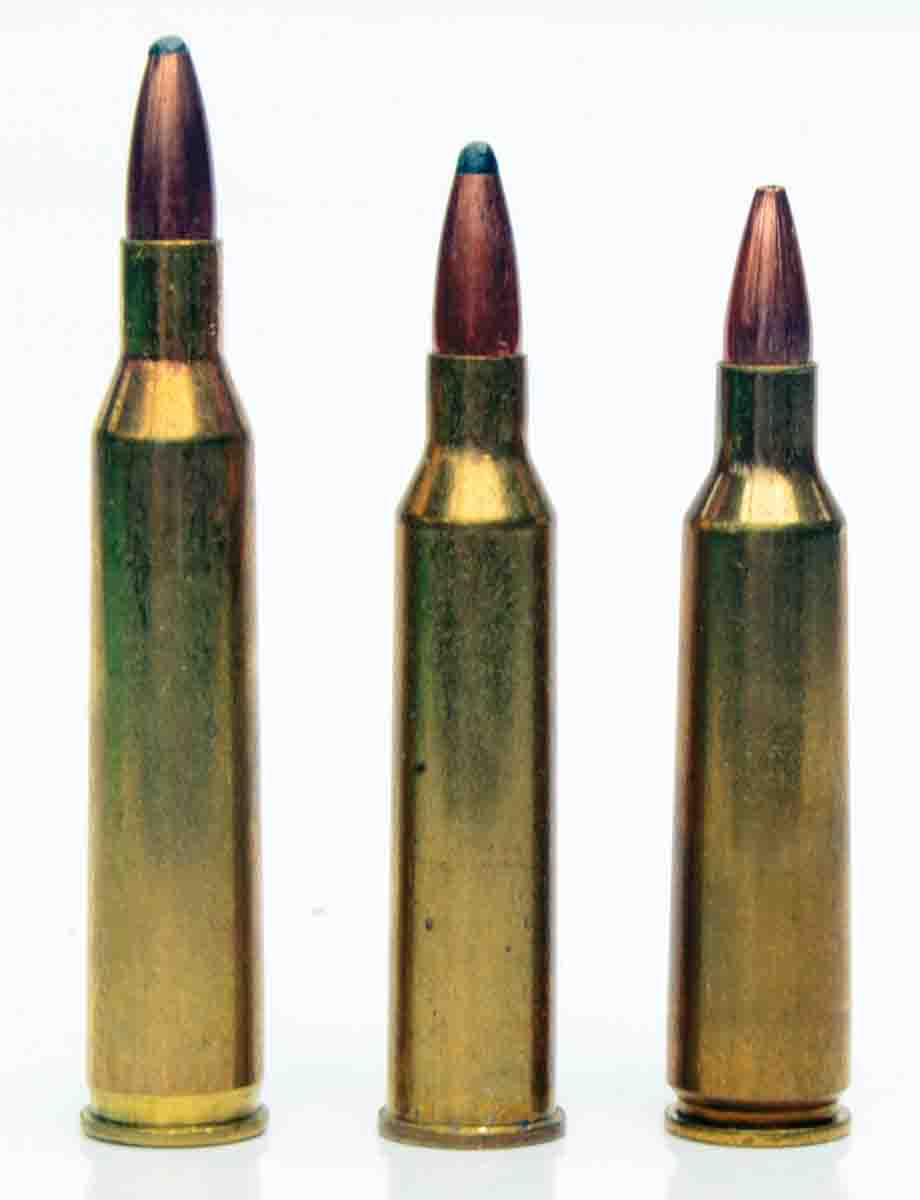
Then came the 1950 introduction of the .222 Remington. During the next few years anyone who was not shooting a rifle chambered for that cartridge was shooting an old wildcat called the .22-250. Some were shooting both. Yielding to obviously overpowering competition, Winchester threw the proverbial towel into the ring in 1958 by discontinuing production of Model 70s in .22 Hornet and .220 Swift.
According to Model 70 guru Roger Rule, Winchester brought the .220 Swift back in 1964 in the “new” Model 70 Varmint, but it was replaced by the .225 Winchester during the very next year. The .22-250 Remington and the .222 Remington were added in 1967 and 1969, respectively. The poor .225 plodded from the starting gate, stumbled along for less than a year, and then bumped headlong into Remington’s domestication of the .22-250 in 1965.
The .225 was dropped from the Model 70 in 1971, making it perhaps the shortest-lived rifle cartridge developed by Winchester. As far as I know, the only other production rifle chambered for it was the Savage Model 340 that was also offered in .222 Remington and .30-30 Winchester.
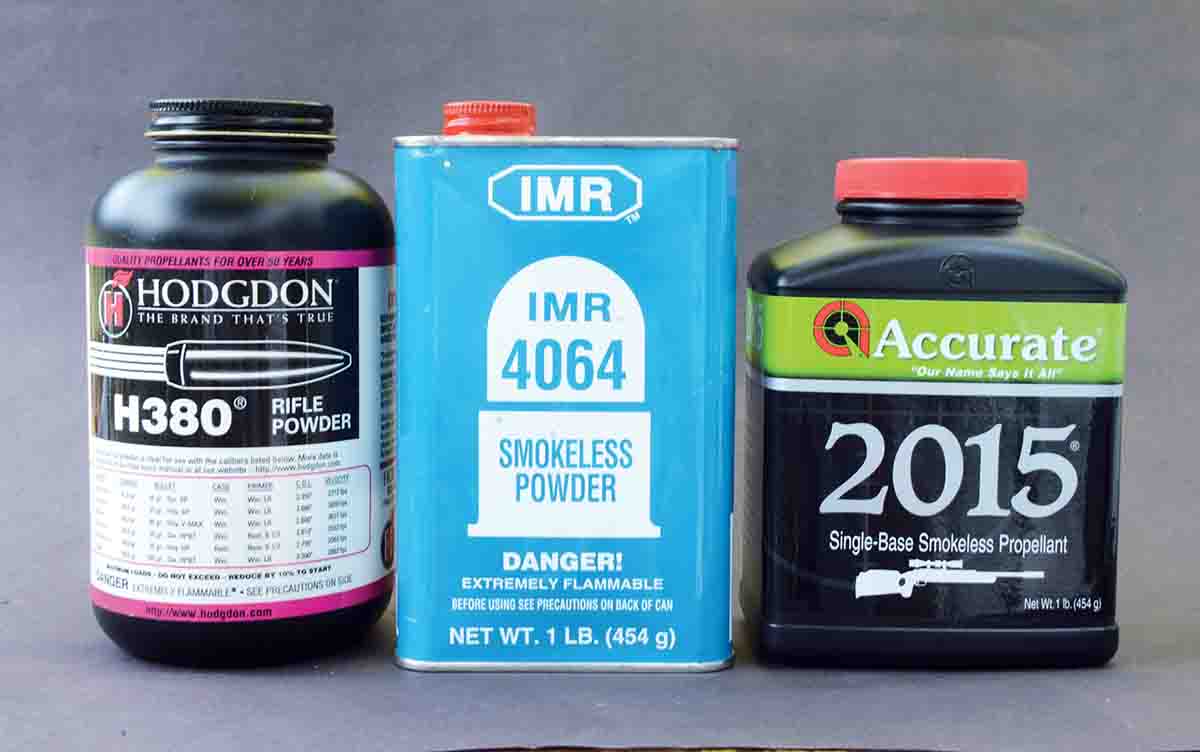
According to a drawing of the .219 Improved Zipper published in Speer’s 1959 Reloading Manual for Wildcat Cartridges Number 4, rim and base diameters are exactly the same as for the .225 Winchester that was five years away from introduction at the time. Maximum case length is 1.938 inches for the Zipper and 1.930 inches for the Winchester. Diameter at the body/shoulder junction is .398 inch for the Zipper and .406 inch for the Winchester. Shoulder angle is 28 degrees for the Zipper and 25 degrees for the Winchester. The biggest difference is in rim thickness; .063 inch for the Zipper and .049 inch for the Winchester. Jack O’Connor wrote about the .225 Winchester being quite similar to the old .219 Improved Zipper, and he was not far off.
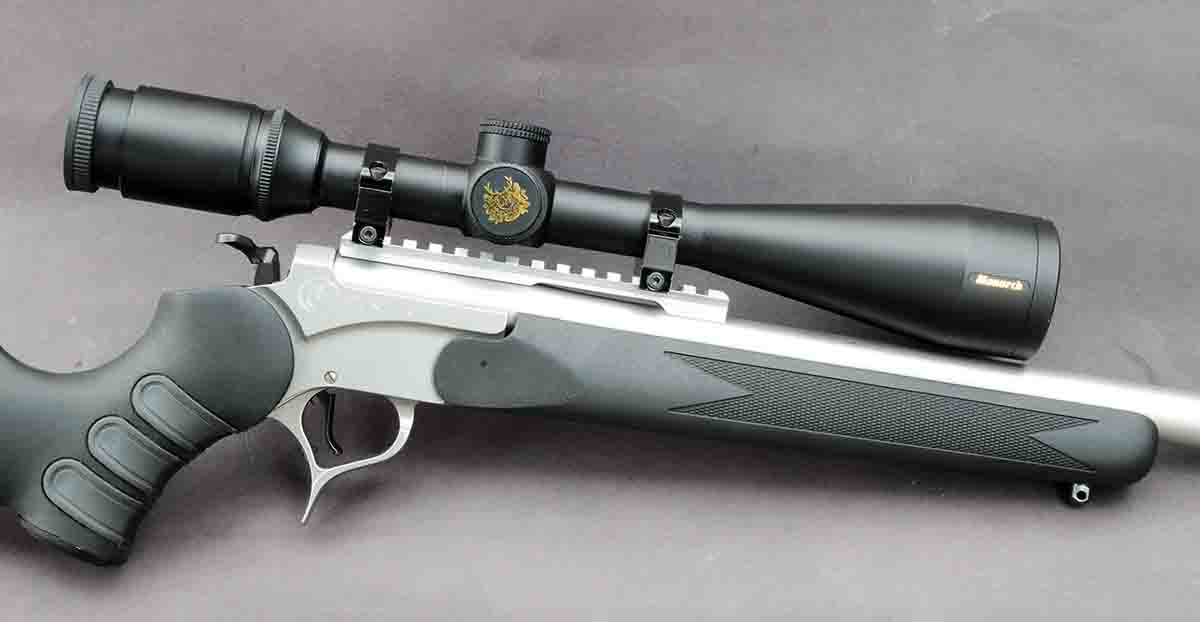
Quite some time ago, Winchester officially discontinued .225 ammunition but went on to occasionally load a small batch every few years. Unprimed cases became even more scarce. In a pinch, the case can be formed from .30-30 Winchester brass, but doing so is not easy. In stark contrast, the .22-250 has always been easy to form by simply necking down .250 Savage brass. Military surplus .30-06 match brass used to be abundant, cheap and of better quality than commercial .250 Savage brass. I bought a custom ’98 Mauser .22-250 several years before Remington started loading the cartridge, and used an RCBS die set to make cases from .30-06 match brass.
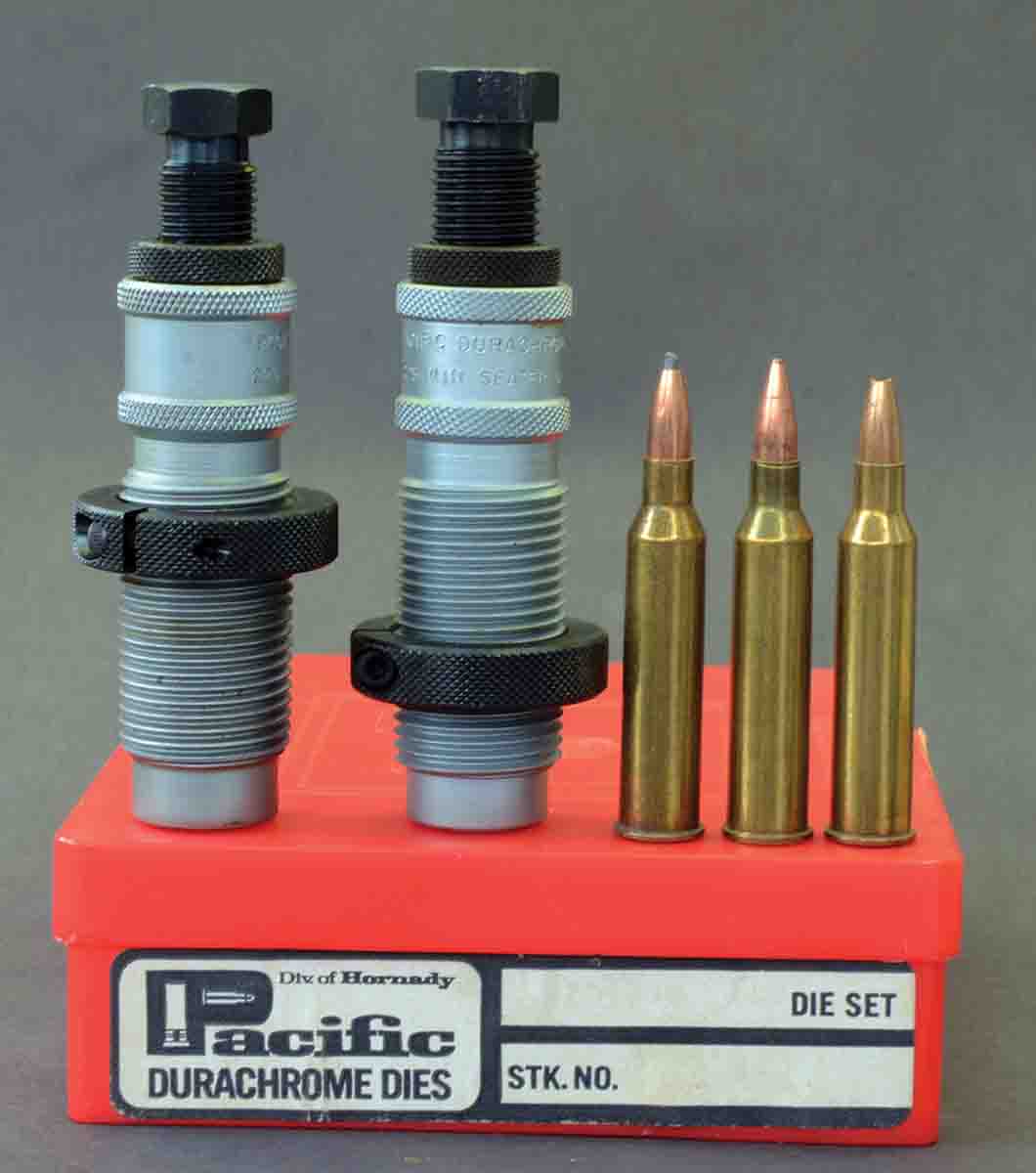
When the .225 Winchester came along, new cartridges were not being introduced weekly, and when one did spring from the bushes it was cause for celebration. But when writing about the new round, one fellow was so overcome with excitement he took praise a bit too far. He seemed especially excited about its rimmed case making the new cartridge an ideal candidate for custom single-shot varmint rifles. That made no sense whatsoever because by the early 1960s, the supply of inexpensive Winchester High Walls and other suitable actions had about dried up. In addition, most varmint shooters had come to prefer bolt-action rifles. The Ruger No. 1 and Browning B78 were only a few years away from their introductions, and when both did come along they were designed for use with rimless cartridges. The .225 struck out there as well.
The author of that piece also mentioned the ease of rechambering single-shots in .219 Zipper Improved rifles to .225 Winchester. While doing so was possible, it was far from easy. Overlooked was a thinner rim on the .225 case requiring removal of the barrel, shortening its shank by a thread or two and then rechambering. Even if the conversion had been easy, nothing would have been gained. The previously mentioned Speer wildcat manual shows the .219 Zipper Improved pushing a 55-grain bullet at higher velocities than was claimed for the .225 Winchester. It is doubtful that many of those fine old rifles were converted for the new cartridge.
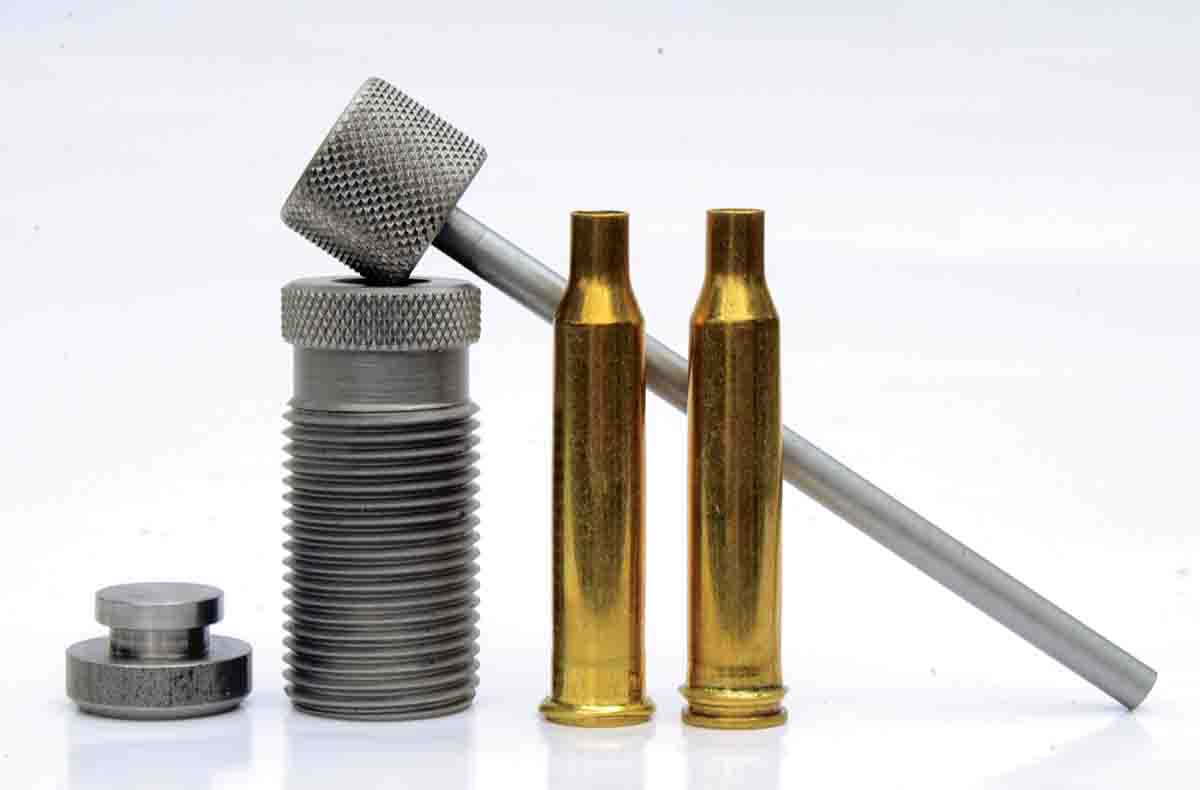
Three of those rifles set me back $260, and five boxes of ammunition increased the tab to $275. Two had heavy barrels and the other was standard weight. Two rifles along with their hang tags remained unfired in their factory boxes and were later sold for a bit more than I had paid for the trio. A heavy-barrel rifle stayed with me, and when shooting Winchester ammunition it turned out to be the very first factory rifle/factory ammunition combination I shot that would consistently average less than half an inch for five shots at 100 yards. At that same gun show I bought a set of .225 Winchester dies made by Pacific, a company that had only recently been purchased by Hornady. Reloading yielded more groundhog tails per dollar spent, but I never managed to greatly improve on the accuracy of those first boxes of Winchester ammunition.
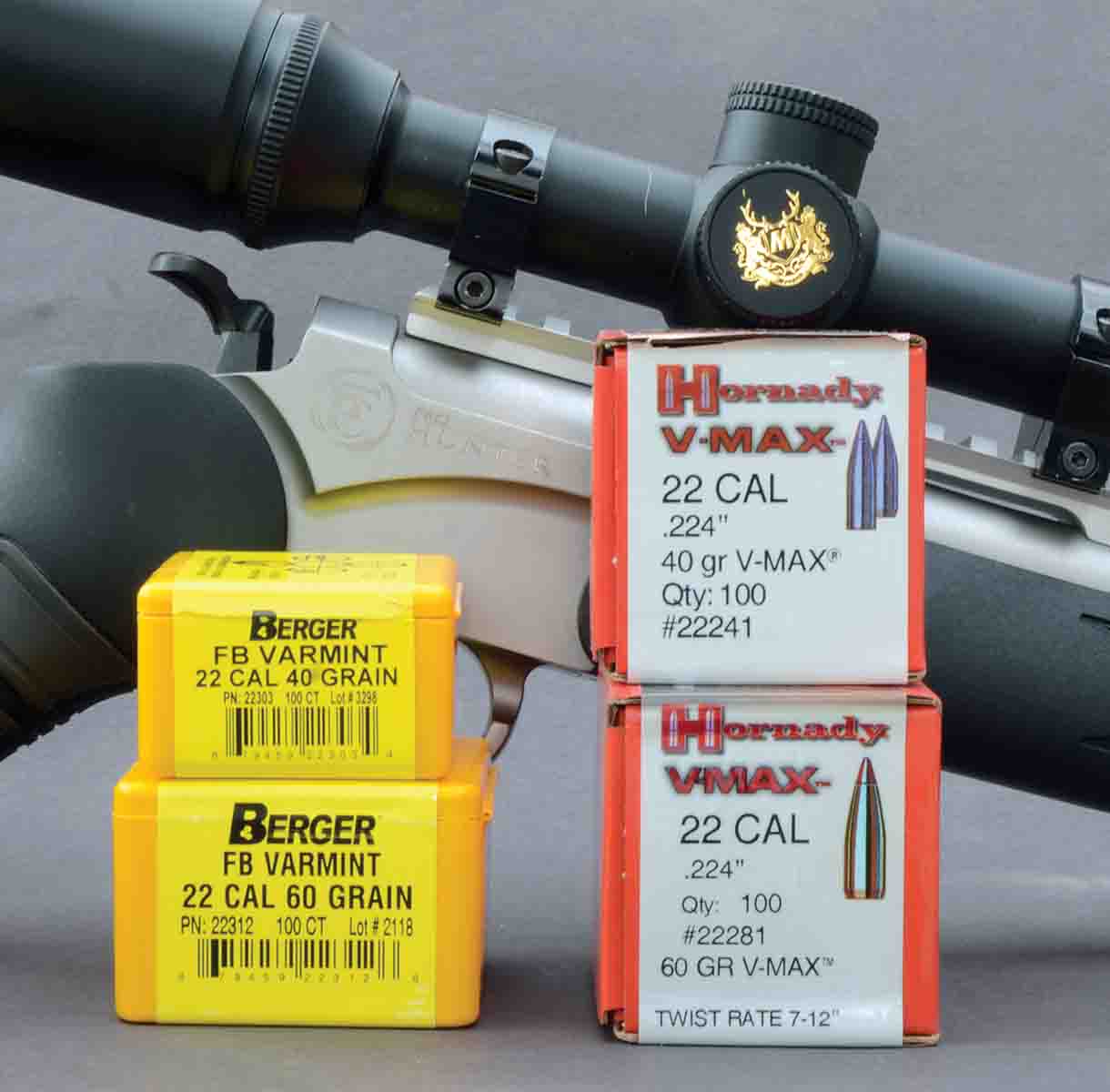
Winchester’s original 1964 introduction promised three loads; a 50-grain bullet at 3,800 fps, a 55-grain load at 3,650 fps (later reduced to 3,570 fps) and a 60-grain bullet at 3,500 fps. As far as I know, only the 55-grain load was produced. Had rifles other than the Winchester Models 70 and 670 and the Savage 340 been chambered for the cartridge, it might have lasted a few more years.
What happened to my $89.95 blowout special? Its less than half MOA accuracy suddenly went sour after about 1,200 rounds. That was before many shooters (including me) became thoroughly educated on bore cleaning.
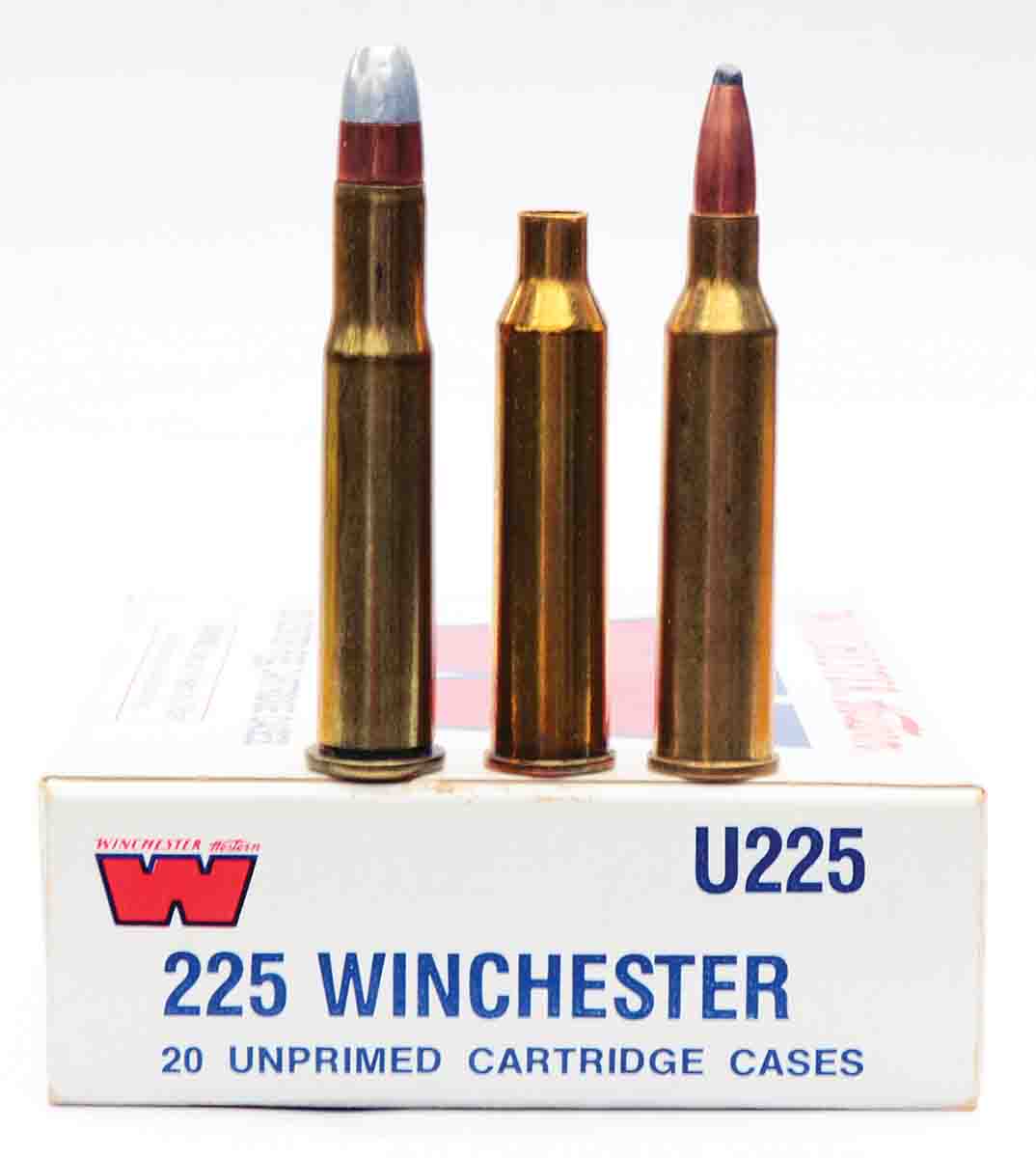
Even though I no longer owned a .225 Winchester rifle, a good supply of cases remained in my reloading room. They later came in handy when a custom SSK Industries .225 rifle on a Thompson/Center Encore action was added to my safe. Its Shilen match grade barrel measures an inch at the breech and straight-tapers to .855 inch at the muzzle, where it is nicely crowned. A 1:9 rifling twist is a good compromise for shooting bullets weighing from 40 to 60 grains. A Lyman Borecam reveals an extremely smooth, hand-lapped bore. Total weight with a T’SOB scope mounting base, Nikon rings and a Nikon 4-16x Monarch scope is 8 pounds, 14 ounces. That’s heavy enough to hang steady over a sandbag and yet light enough to carry over hill and dale. The synthetic stock and forearm are T/C Pro Hunter style. The rifle has one thing in common with an AR-15 with a good barrel: Tiny groups on paper prove that homely is only skin deep.
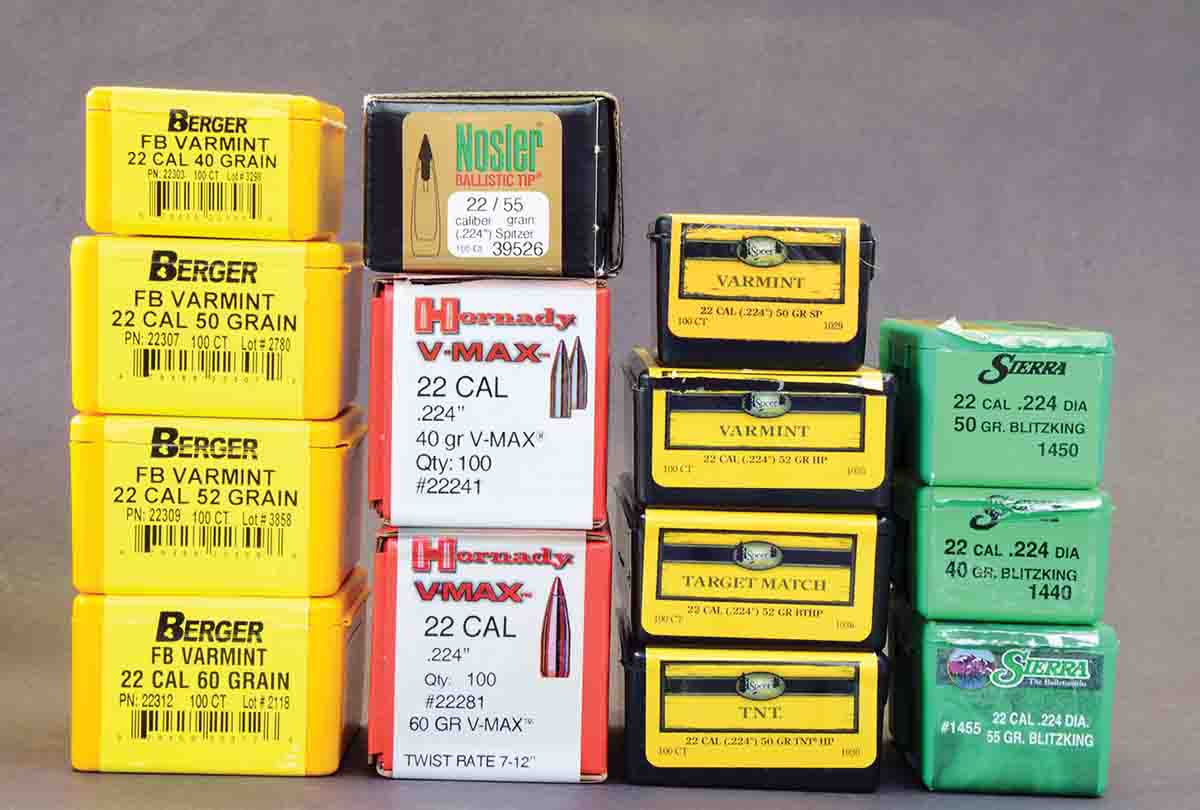
Despite the rocky road it has traveled, the .225 Winchester is a darned good varmint cartridge. Not great perhaps, but good enough to do about anything that can be done with the .22-250 Remington. The 6.5 JDJ wildcat created many years ago by J.D. Jones is on the .225 case, and he considers it to be one of the strongest to come down the pike. When installing a 14-inch 6.5 JDJ barrel in on my T/C Contender about 30 years ago, I necked up 40 .225 cases and fireformed them. I have lost count of the number of full-power loads they have been subjected to, and they all are still going strong.
The .225 Winchester and .308 Winchester have the same rim diameter, but some shellholders made for the latter will not accept the former. Most reloading die companies list the same shellholder for the .225 and the .220 Swift: No. 4 for Redding and Hornady, No. 5 for Lyman, No. 10 for Lee and No. 11 for RCBS.
Forming .225 Cases
As this is written, the Winchester Ammunition website lists .225 Winchester unprimed cases and ammunition, but according to J.D. Jones of SSK Industries, the company has not produced a decent run of either for about six years. A web search turned up a few cases with prices ranging from $50 to $75 for a box of 20. A 20-round box of ammunition was listed for $125. With no misses, that adds up to $6.25 per varmint. This is why forming .225 cases from .30-30 Winchester brass has become popular among those who are determined to keep their rifles active in the varmint fields, but doing so does take plenty of time and a lathe.
First, the diameter of the rim is reduced to .473 inch. Rim thickness of the .30-30 case varies slightly among manufacturers, but it is usually around .061 inch compared to an average of .045 inch for the rim of the .225 case. Rim thickness of the .30-30 case is reduced by using a lathe to face off the head of the case by the desired amount. That operation also reduces primer pocket depth, so it has to be deepened by the same amount. Dies available from RCBS (Part No. 58056) are then used to form the modified .30-30 case to .225 Winchester. The case also has to be shortened to 1.920 inches, reamed to reduce neck wall thickness and annealed. It is now ready for full-length resizing and loading.
Having no experience with cases formed in this manner, I cannot address differences in case strength but do know SAAMI maximum pressure for the .225 Winchester is 50,000 CUP versus 38,000 CUP for the .30-30 Winchester. There is also the question of gross capacity differences that could have an effect on chamber pressure.
Seeking an easier way to a stronger case, I looked at the possibility of forming the .225 from .220 Swift cases. Rim diameter and thickness are the same, but the base diameter just forward of the extractor groove is .020 inch larger on the Swift. If that were reduced, .225 cases could then be easily formed from .220 Swift brass.
The idea I came up with was an inexpensive base-reducing die to be used in a standard reloading press. A .220 Swift case would have to be pushed into the die all the way to the front of its rim, and that ruled out the use of a standard shellholder. Instead, a pusher plate with its bottom shaped to fit the ram of a press would be used. A punch would be used to drive a resized case from the die. When I presented the idea to Dave Corbin, he mentioned the possibility of adding an ejector that would automatically remove the case from the die on the down stroke of the press handle. It would be preferred by those who need a lot of cases, but the manual-ejection version would be available for those who required fewer new cases.
I would like nothing better than to announce the availability of such a conversion unit from Corbin Manufacturing, but the idea was defeated by the hardness of .220 Swift cases. Dave sent a die so I could experience first-hand why this is true. Rather than the case being smoothly drawn down to the desired diameter, a wrinkle of material is pushed along by the mouth of the die and ends up against the front of the rim.


.jpg)